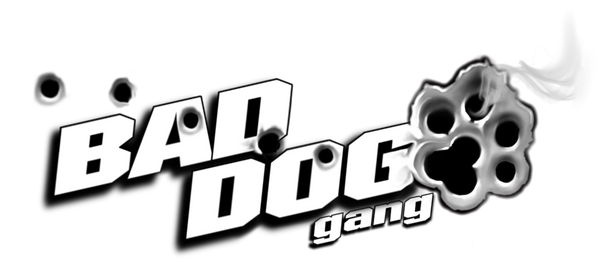
5 Common Dog Training Mistakes
Navigating the vast sea of dog training advice can feel overwhelming. With countless methods at your disposal, it's easy to stumble into common pitfalls that hinder your efforts to cultivate a well-trained canine companion. To ensure a smoother journey for both you and your furry friend, let's explore some prevalent mistakes in dog training and how to sidestep them.
-
Nagging: The Cue Persistence Predicament: Picture this scenario: you call out "come" to your dog, but he doesn't respond immediately. In a well-meaning attempt to prompt obedience, you repeat the cue multiple times. However, instead of reinforcing responsiveness, you inadvertently teach your dog to ignore the cue until it's been repeated several times. The key here is to utter the cue just once. If your dog seems distracted, refrain from repeating it. Instead, try to regain his attention before issuing the command anew, thus avoiding the trap of cue nagging and reinforcing consistent responsiveness.
-
The Negative Cue Association Dilemma: Imagine you've successfully taught your dog the "come" command, only to tarnish its effectiveness by associating it with something he dislikes, like bath time. Calling him for a dreaded bath inadvertently poisons the cue, causing him to hesitate or outright refuse to comply in the future. To avoid this, refrain from using cues in conjunction with activities your dog dislikes during initial training phases. Once the cue is firmly established, you can gradually introduce it into less favorable contexts.
-
The Consistency Conundrum: Attending training classes is a valuable step, but it's not enough on its own. Consistent practice outside of class is essential for cementing learned behaviors. Like toddlers, dogs thrive on repetition and routine, so regular, brief training sessions throughout the week are crucial. Ensure you have the necessary training supplies and treats readily available at home to facilitate these sessions.
-
Cue Repetition: Repeating the same ineffective training method ad nauseam is a recipe for frustration. If your dog isn't responding as desired, it's time to reassess your approach. Pause, evaluate your pet's responses, and devise a new strategy tailored to his needs and learning style.
-
The Patience Preservation Principle: Training sessions are most effective when both you and your dog are in a positive, patient mindset. Attempting to train while feeling frustrated or irritable is counterproductive, as it can lead to impatience and resentment. If you're having a rough day, opt for activities like fetch or cuddling instead, nurturing your bond and providing a therapeutic outlet for both of you.
By avoiding these common missteps and embracing a patient, consistent approach to training, you're laying the foundation for your dog's success. So, here's to forging ahead with confidence, knowing that each small victory brings you closer to a harmonious, well-trained companion—worthy of a flurry of happy tail wags!
